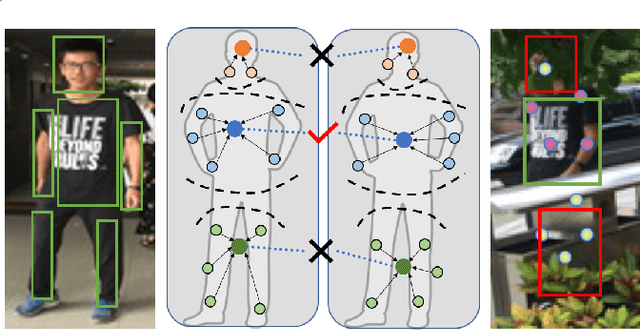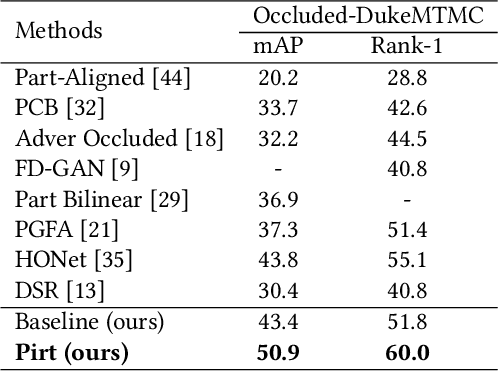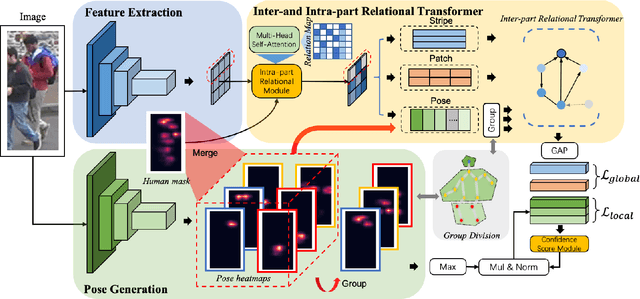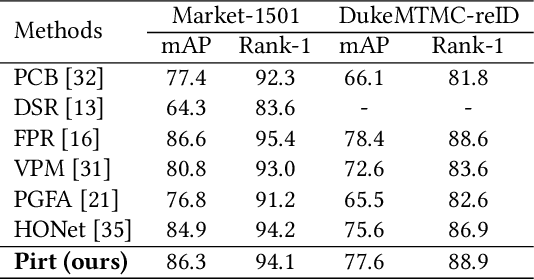Zhongxing Ma
RoadPainter: Points Are Ideal Navigators for Topology transformER
Jul 22, 2024



Abstract:Topology reasoning aims to provide a precise understanding of road scenes, enabling autonomous systems to identify safe and efficient routes. In this paper, we present RoadPainter, an innovative approach for detecting and reasoning the topology of lane centerlines using multi-view images. The core concept behind RoadPainter is to extract a set of points from each centerline mask to improve the accuracy of centerline prediction. We start by implementing a transformer decoder that integrates a hybrid attention mechanism and a real-virtual separation strategy to predict coarse lane centerlines and establish topological associations. Then, we generate centerline instance masks guided by the centerline points from the transformer decoder. Moreover, we derive an additional set of points from each mask and combine them with previously detected centerline points for further refinement. Additionally, we introduce an optional module that incorporates a Standard Definition (SD) map to further optimize centerline detection and enhance topological reasoning performance. Experimental evaluations on the OpenLane-V2 dataset demonstrate the state-of-the-art performance of RoadPainter.
Pose-guided Inter- and Intra-part Relational Transformer for Occluded Person Re-Identification
Sep 08, 2021



Abstract:Person Re-Identification (Re-Id) in occlusion scenarios is a challenging problem because a pedestrian can be partially occluded. The use of local information for feature extraction and matching is still necessary. Therefore, we propose a Pose-guided inter-and intra-part relational transformer (Pirt) for occluded person Re-Id, which builds part-aware long-term correlations by introducing transformers. In our framework, we firstly develop a pose-guided feature extraction module with regional grouping and mask construction for robust feature representations. The positions of a pedestrian in the image under surveillance scenarios are relatively fixed, hence we propose an intra-part and inter-part relational transformer. The intra-part module creates local relations with mask-guided features, while the inter-part relationship builds correlations with transformers, to develop cross relationships between part nodes. With the collaborative learning inter- and intra-part relationships, experiments reveal that our proposed Pirt model achieves a new state of the art on the public occluded dataset, and further extensions on standard non-occluded person Re-Id datasets also reveal our comparable performances.
 Add to Chrome
Add to Chrome Add to Firefox
Add to Firefox Add to Edge
Add to Edge